Did you see the brilliant Full Snow Moon rising last night? Then you might’ve also noticed a bright nearby ‘star’. Alas, that was no star, but the largest planet in our solar system, Jupiter. And it was no coincidence that the king of the gas giants is near the Full Moon this February, as Jupiter reaches opposition this Friday on February 6th at 18:00 Universal Time or 1:00 PM EST.
As the term implies, opposition simply means that an outer planet sits opposite to the Sun. Mercury and Venus can never reach opposition. Orbiting the Sun once every 11.9 years, oppositions for Jupiter occur once every 399 days, or roughly every 13 months. This means that only one opposition for Jupiter can happen per year max, and these events precess forward on the Gregorian calendar by about a month and move one zodiacal constellation eastward per year.
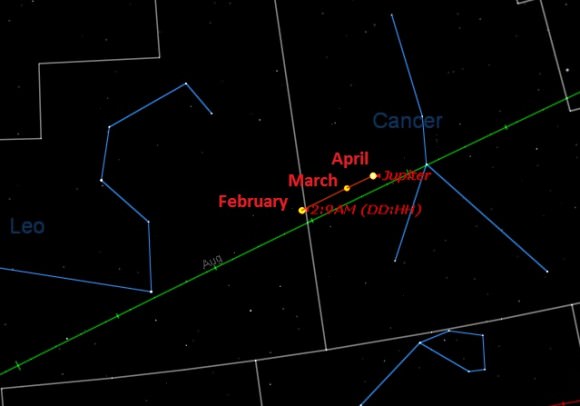
Through a telescope, Jupiter exhibits an ochre disk 40” in diameter striped with two main cloud belts. The northern equatorial belt seems permanent, while the southern equatorial belt is prone to pulling a ‘disappearing act’ every decade of so, as last occurred in 2010. The Great Red Spot is another prominent feature gracing the Jovian cloud tops, though its appeared salmon to brick-colored in recent years and seems to be shrinking.
Jupiter rotates once every 9.9 hours, fast enough that you can watch one full rotation in a single night.
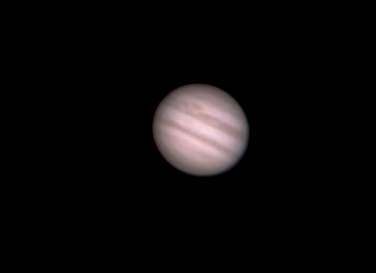
It’s also fascinating to watch the nightly dance of Jupiter’s four large moons Io, Europa, Ganymede and Callisto as they alternatively cast shadows on the Jovian cloud tops and disappear into its shadow. Near opposition, this shadow casting activity is nearly straight back as seen from our perspective. Here is the tiny ‘mini-solar system’ that fascinated Galileo and further convinced him that the Earth isn’t the center of the cosmos. Jupiter has 67 moons in all, though only 4 are within range of modest sized telescopes… Even 5th place runner up Himalia is a challenge near the dazzling disk of Jove at +14th magnitude.
Also watch for a phenomenon known as the Seeliger or Opposition Effect, a sudden surge in brightness like a highway retro-reflector in the night.
Opposition 2015 finds Jupiter just across the Leo-Cancer border in the realm of the Crab. Jupiter crossed from Leo into Cancer on February 4th, and will head back into the constellation of the Lion on June 10th. Jupiter then spends the rest of 2015 in Leo and heads for another opposition next year on March 8th.
Jupiter will also make a dramatic pass just 24’ — less than the diameter of the Full Moon — from Regulus on August 11th, though both are only 11.5 degrees east of the Sun in the dusk sky. Jupiter also forms a 1 degree circle with Regulus, Mercury and Jupiter 14.5 degrees east of the Sun on August 7th.
Jupiter reaches a maximum declination north for 2015 on April 7th at 18 degrees above the celestial equator. We’re still in a favorable cycle of oppositions for Jupiter for northern hemisphere viewers, as the gas giant doesn’t plunge south of the equator until September 2016.
Looking farther ahead, Jupiter reaches east quadrature on May 4th, and sits 90 degrees elongation from the Sun as the planet and its moons cast their shadows far off to the side from our Earthly perspective. We’re still also in the midst of a plane crossing: February 5th is actually equinox season on Jupiter! This also means that there’s still a cycle of mutual eclipses and occultations of the Jovian moons in progress. One such complex ballet includes (moons) on the night of February 26th.
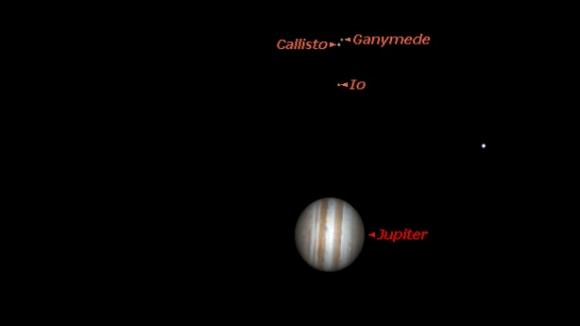
And yes, it is possible to see the Earth transit the disk of the Sun from Jove’s vantage point. This last occurred in 2014, and will next occur in 2020.
But wait, there’s more. Jupiter also makes a thrilling pass near Venus on July 1st, when the two sit just 0.4 degrees apart. We fully expect a spike in “what are those two bright stars?” queries right around that date, though hopefully, the conjunction won’t spark any regional conflicts.
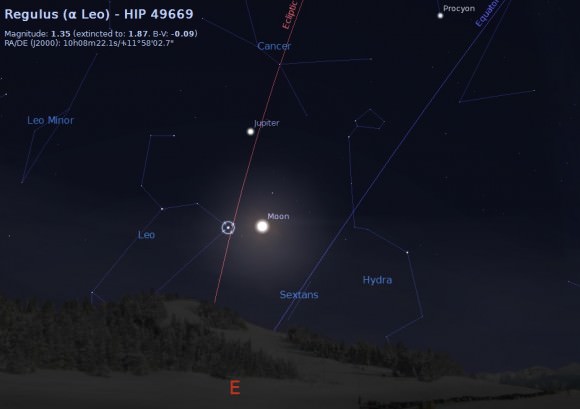
Solar conjunction for Jupiter then occurs on August 26th, with the planet visible in the Solar Heliospheric Observatory’s (SOHO) LASCO C3 camera from August 16th to September 6th.
Emerging into the dawn sky, Jupiter then passes 0.4 degrees from Mars on October 17th and has another 1.1 degree tryst with Venus on October 26th.
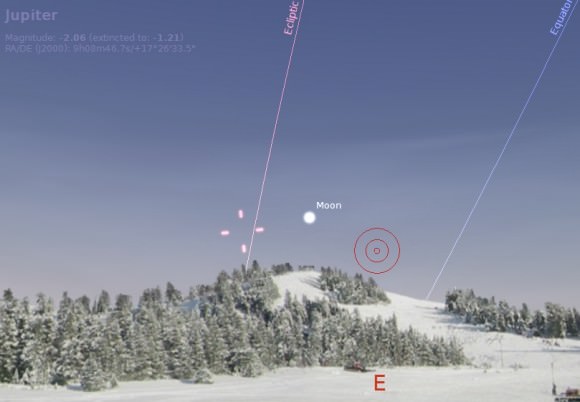
Let the Jovian observing season begin!
-Wonder what a gang of rogue space clowns is doing at Jupiter? Read Dave Dickinson’s original tale Helium Party and find out!

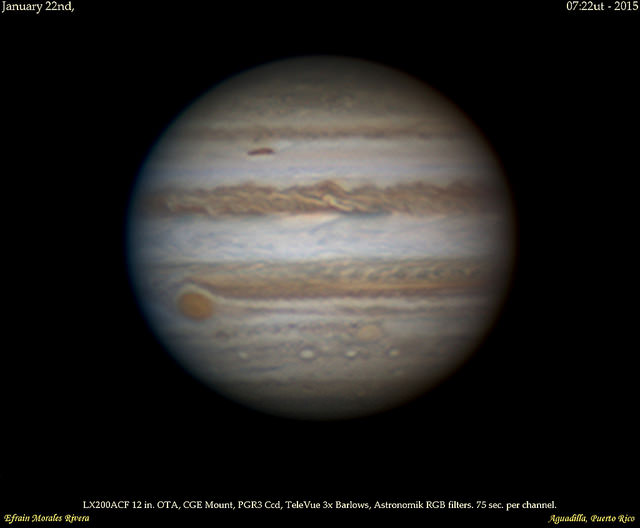
Jupiter has always been a stable in my observing sessions, as well as a favorite target for astrophotography. I always look forward to opposition mostly because that’s when I personally consider it to be an ‘evening’ target. What I mean by this is that it’s well positioned for observing and imaging shortly after nightfall.
Thanks for the great read, as well as a heads up on the future conjunctions with Regulus. I may very well attempt to capture these two side-by-side!
–Mitchell Tubbs
Clouded out here and the WX sez continuing for a couple 4-6 days? Otherwise.. you have inspired me! Next op. I will definitely take the scope out for a look at Jupiter! AND the GRS!
My 4″ Meade S/C never really did it justice… I have recently begun using the 12 1/2″ Newtonian I built.. MANO MAAN! Big difference! I can see!